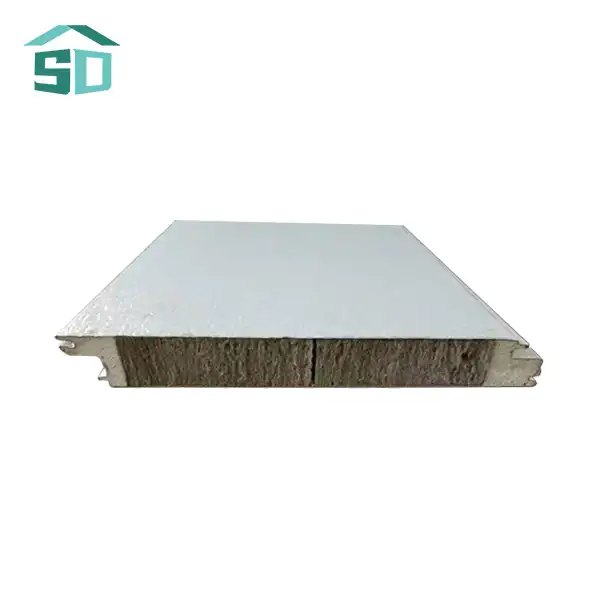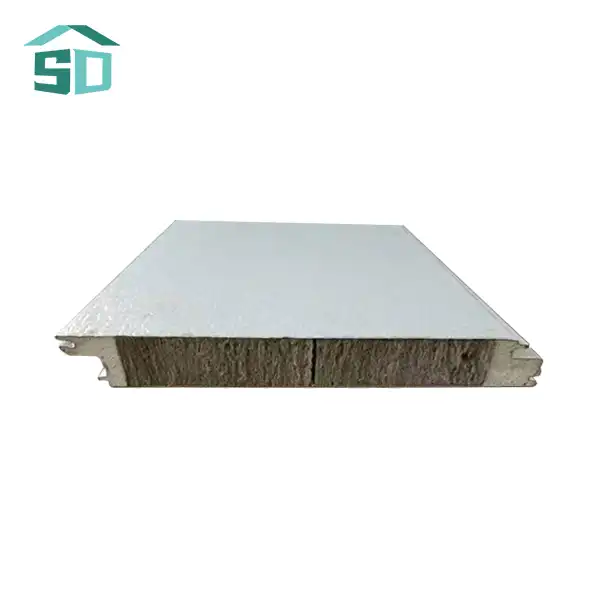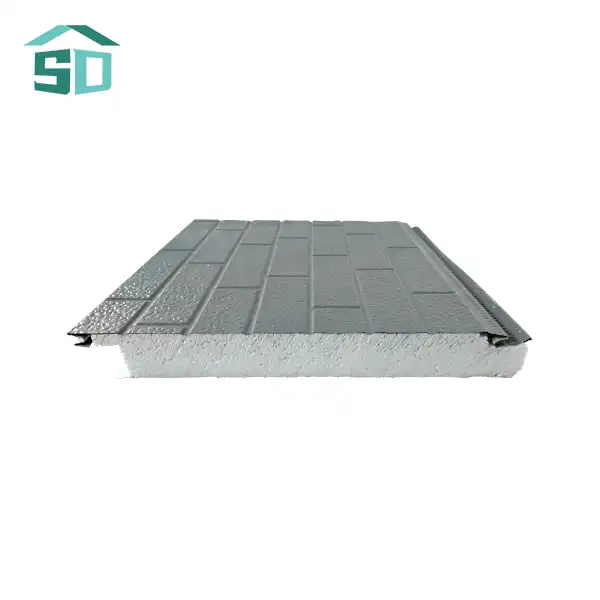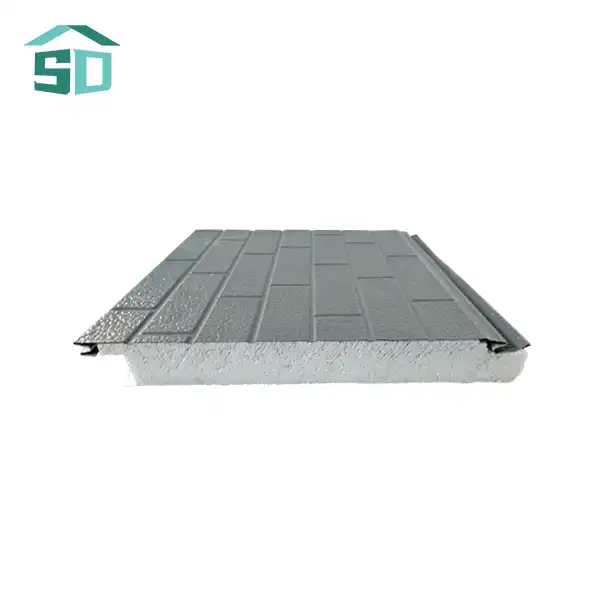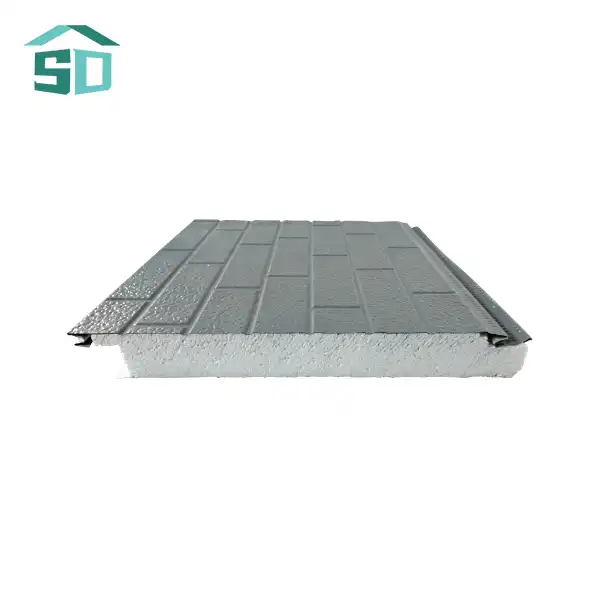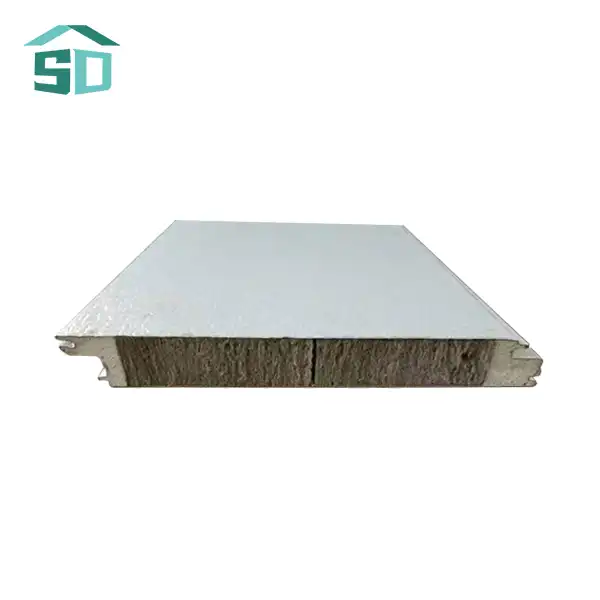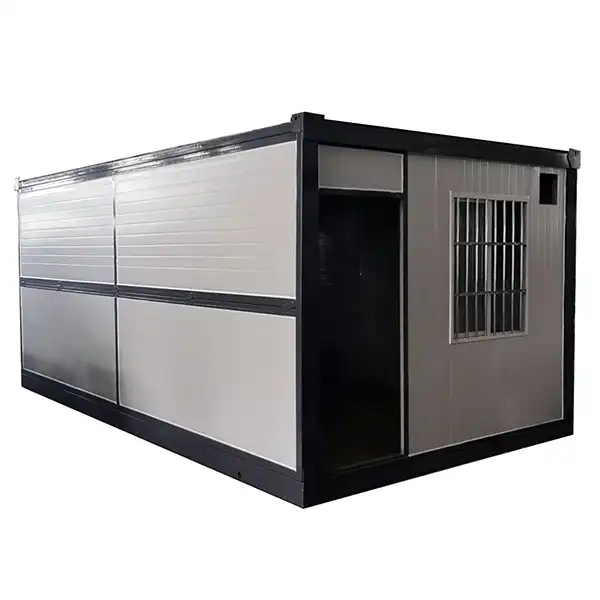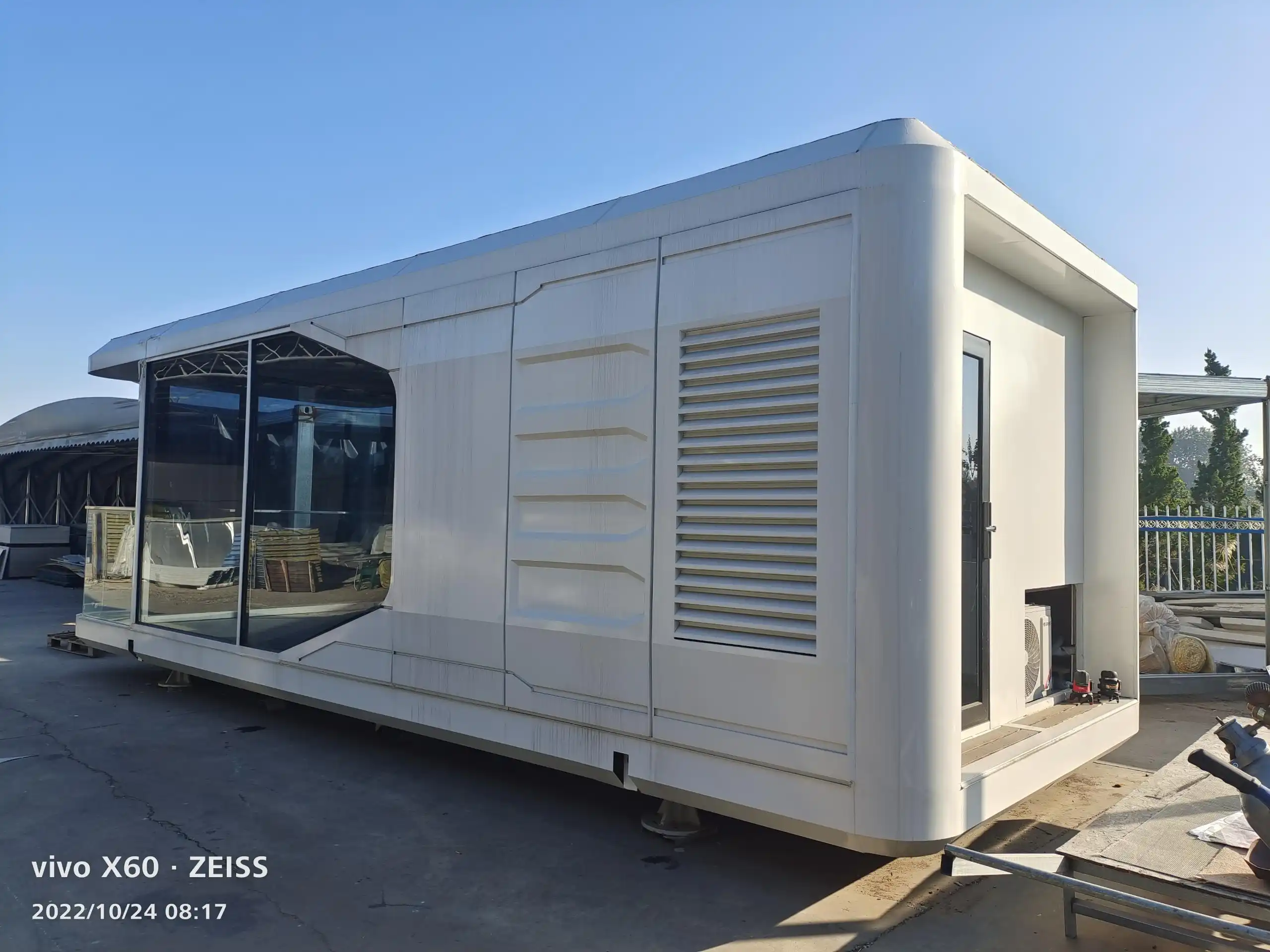The Impact of Insulated Thermal Wall Panels on Indoor Air Quality
Insulated thermal wall panels play a crucial role in enhancing indoor air quality through various mechanisms. These panels, designed with advanced materials and technologies, offer a comprehensive solution to many air quality challenges faced in both residential and commercial spaces.
Moisture Control and Mold Prevention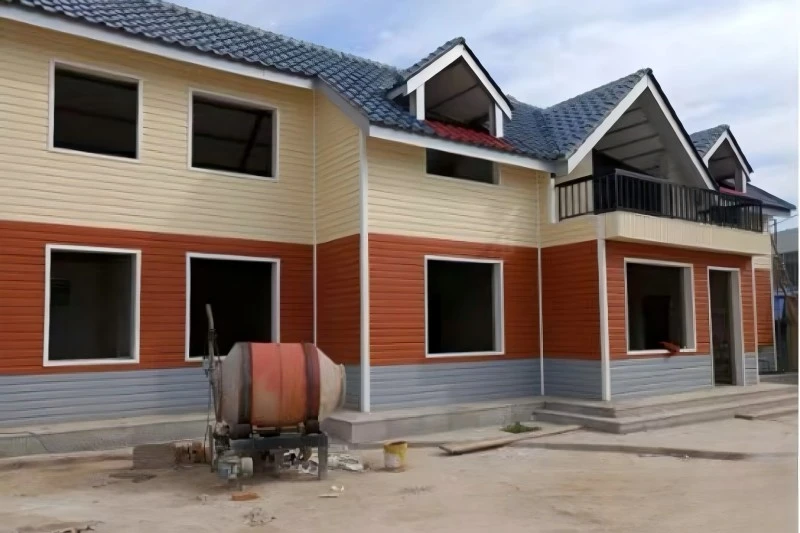
One of the primary ways insulated thermal wall panels contribute to better air quality is through effective moisture control. The panels create a robust barrier against external moisture infiltration, preventing water vapor from penetrating the building envelope. This moisture resistance is particularly important in humid climates or areas prone to high rainfall.
By keeping moisture at bay, insulated thermal wall panels significantly reduce the risk of mold and mildew growth. Mold spores are known allergens that can cause various respiratory issues and allergic reactions. The panels' ability to maintain a dry interior environment helps mitigate these health risks, ensuring cleaner and healthier air for occupants.
Pollutant Filtration
Insulated thermal wall panels act as an effective filter against outdoor pollutants. The dense insulation materials used in these panels, such as polyurethane, polystyrene, rock wool, or glass wool, can trap particulate matter and other airborne contaminants. This filtration effect is particularly beneficial in urban environments where air pollution levels are often high.
The panels' ability to block external pollutants extends to various harmful substances, including dust, pollen, and even some volatile organic compounds (VOCs). By reducing the influx of these pollutants, insulated thermal wall panels contribute to maintaining a cleaner indoor air environment, which is especially important for individuals with allergies or respiratory sensitivities.
Temperature Regulation and Air Circulation
The superior thermal insulation properties of insulated wall panels play a significant role in maintaining consistent indoor temperatures. This thermal stability reduces the need for frequent heating or cooling system operation, which can have a positive impact on air quality.
When HVAC systems operate less frequently, there's a decrease in the circulation of dust and other particles that can accumulate in ductwork. Additionally, the reduced temperature fluctuations help prevent the formation of condensation, which can lead to mold growth and poor air quality.
The panels' contribution to energy efficiency also means less reliance on fossil fuel-based heating and cooling systems, potentially reducing the overall carbon footprint of the building and improving outdoor air quality in the long term.
Technical Features of Insulated Thermal Wall Panels Enhancing Air Quality
The air quality benefits of insulated thermal wall panels are a result of their advanced technical features and carefully selected materials. Understanding these aspects can provide insights into how these panels contribute to a healthier indoor environment.
Material Composition and Air Quality
Insulated thermal wall panels are typically composed of multiple layers, each serving a specific purpose in enhancing overall performance. The outer layers, often made of materials like aluminum, steel, stainless steel, or copper, provide durability and weather resistance. These materials are chosen for their ability to withstand environmental stressors without degrading, ensuring long-term performance and air quality benefits.
The core of the panel, which is the insulation layer, is crucial for both thermal performance and air quality. Materials like polyurethane, polystyrene, rock wool, and glass wool are commonly used. These materials not only provide excellent thermal insulation but also possess properties that contribute to air quality:
- Polyurethane and polystyrene: These materials have closed-cell structures that resist moisture absorption, preventing the growth of mold and mildew.
- Rock wool and glass wool: These mineral-based insulations are naturally fire-resistant and do not off-gas harmful substances, contributing to safer indoor air.
The choice of insulation material can be customized based on specific air quality requirements, allowing for tailored solutions in different environments.
Panel Design and Air Barrier Properties
The design of insulated thermal wall panels incorporates features that enhance their ability to act as an effective air barrier. The panels are manufactured with tight tolerances and interlocking systems that minimize air leakage when installed properly.
This air-tight design is crucial for preventing the infiltration of outdoor pollutants and maintaining indoor air quality. It also helps in controlling humidity levels by reducing the movement of moisture-laden air through the building envelope.
The panels' thickness, which can range from 50mm to 100mm or more, plays a role in their air barrier effectiveness. Thicker panels generally provide better insulation and air sealing properties, contributing to improved indoor air quality.
Surface Treatments and Indoor Air Quality
The surface treatments applied to insulated thermal wall panels can have direct implications for indoor air quality. Many panels are available with various coatings and finishes that offer additional benefits:
- Low-VOC paints and coatings: These finishes minimize the emission of volatile organic compounds, which can be harmful to indoor air quality.
- Anti-microbial treatments: Some panels feature surfaces treated with anti-microbial agents, helping to reduce the growth of bacteria and other microorganisms that can affect air quality.
- Self-cleaning coatings: Advanced surface treatments can help panels resist dirt and pollutant accumulation, maintaining their air quality benefits over time.
These surface treatments, combined with the panels' inherent properties, create a comprehensive solution for maintaining high indoor air quality standards.
Implementation and Maintenance for Optimal Air Quality Benefits
While the inherent properties of insulated thermal wall panels contribute significantly to improved indoor air quality, proper implementation and maintenance are crucial for maximizing these benefits. Attention to detail during installation and ongoing care ensure that the panels continue to enhance air quality effectively over time.
Proper Installation Techniques
The installation process of insulated thermal wall panels is critical in realizing their full potential for improving indoor air quality. Proper installation ensures that the panels form an effective barrier against outdoor pollutants and moisture.
Key aspects of installation that impact air quality include:
- Sealing: Applying appropriate sealants at panel joints and intersections with other building components is crucial. This prevents air leaks that could compromise indoor air quality.
- Fastening: Using the correct fasteners and techniques ensures that panels remain securely in place, maintaining their air barrier properties over time.
- Integration with HVAC systems: Proper coordination with heating, ventilation, and air conditioning systems is essential to ensure that the panels' insulation properties complement the overall air quality management strategy of the building.
Professional installation by experienced contractors is recommended to ensure these critical aspects are addressed correctly.
Ongoing Maintenance and Inspection
To maintain the air quality benefits of insulated thermal wall panels, regular maintenance and inspection are necessary. This includes:
- Periodic visual inspections: Checking for any signs of damage, gaps, or deterioration in the panels or their seals.
- Cleaning: Regular cleaning of panel surfaces, especially in dusty or polluted environments, to prevent the accumulation of contaminants.
- Resealing: Addressing any areas where sealants may have degraded to maintain the air-tight barrier.
- Monitoring indoor air quality: Regular air quality testing can help identify any issues early and ensure the panels continue to contribute positively to the indoor environment.
By adhering to a comprehensive maintenance schedule, building owners and managers can ensure that the insulated thermal wall panels continue to provide optimal air quality benefits throughout their lifespan.
Integrating with Ventilation Strategies
While insulated thermal wall panels significantly contribute to air quality by creating an effective barrier against outdoor pollutants, they should be part of a holistic approach to indoor air management. Integrating the panels with proper ventilation strategies is key to maintaining optimal indoor air quality.
Considerations for ventilation integration include:
- Mechanical ventilation systems: Ensuring that HVAC systems are designed to work in harmony with the insulated panels, providing adequate fresh air exchange without compromising the thermal envelope.
- Natural ventilation options: Incorporating operable windows or other natural ventilation features that can be used when outdoor conditions are favorable, allowing for periodic air refreshment.
- Air filtration: Implementing high-quality air filtration systems to complement the pollutant-blocking properties of the panels, further enhancing indoor air quality.
By thoughtfully combining insulated thermal wall panels with effective ventilation strategies, building owners can create a comprehensive system for maintaining excellent indoor air quality.
Conclusion
Insulated thermal wall panels offer a multifaceted solution for improving indoor air quality. Through their ability to control moisture, filter pollutants, and regulate temperature, these panels create a foundation for healthier indoor environments. The technical features of the panels, including their material composition, design, and surface treatments, work in concert to enhance air quality. However, to fully realize these benefits, proper installation, ongoing maintenance, and integration with overall building systems are essential.
As we continue to spend more time indoors, the importance of high-quality indoor air cannot be overstated. Insulated thermal wall panels represent a significant advancement in building technology, offering not just energy efficiency but also contributing to the well-being of building occupants through improved air quality. For those considering building upgrades or new construction projects with a focus on indoor air quality, insulated thermal wall panels merit serious consideration.
For more information on how insulated thermal wall panels can improve your building's indoor air quality and overall performance, please contact us at info@sdqsc.com. Our team of experts is ready to assist you in creating healthier, more comfortable indoor spaces.
FAQ
How do insulated thermal wall panels contribute to energy efficiency?
These panels provide superior thermal insulation, reducing heat transfer and minimizing energy consumption for heating and cooling.
Are insulated thermal wall panels suitable for both residential and commercial buildings?
Yes, they are versatile and can be used in various applications, including homes, offices, warehouses, and industrial facilities.
What makes these panels fire-resistant?
Many insulated thermal wall panels are manufactured with fire-retardant materials and meet stringent fire safety standards, typically achieving Class A or B1 fire ratings.
References
1.U.S. Environmental Protection Agency. (2023). Indoor Air Quality.
2.World Health Organization. (2022). Household air pollution and health.
3.American Lung Association. (2023). Indoor Air Pollutants and Health.
4.International Journal of Environmental Research and Public Health. (2021). Indoor Air Quality and Thermal Comfort in Buildings with Insulated Panels.
